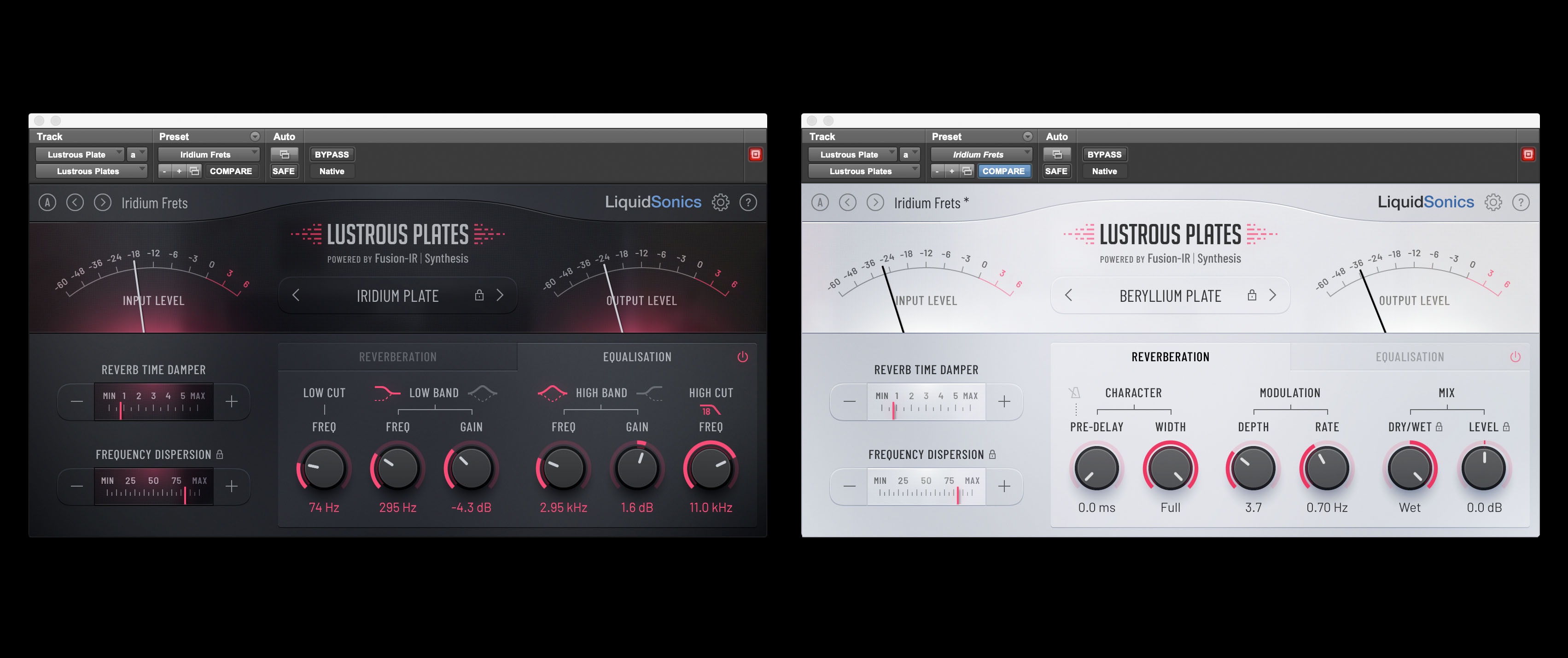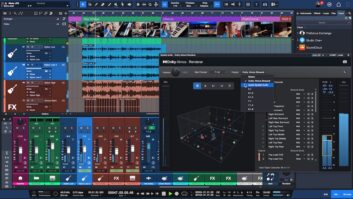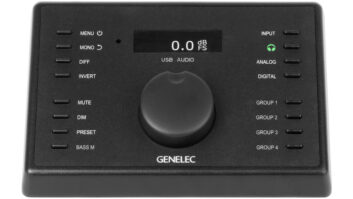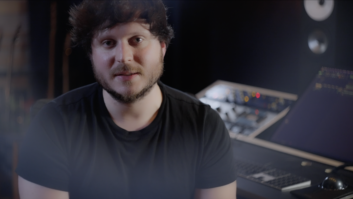Europe Revamps Its Copyright Laws: In Brussels last month, the EU parliament passed The European Union Directive on Copyright, a new law that includes a number of provisions to protect content creators. A great deal of controversy surrounded the law as it made its way toward passage. One part in particular, Article 17, will force companies like YouTube, Facebook and Google to protect copyrighted material on their sites more vigorously.
Although this law covers EU countries only, it’s considered significant for the U.S. market, as well, because if its provisions turn out to be effective, it could serve as a model for new measures here. There was a lot of fear-mongering on both sides during the run-up to the vote; most notably, the big tech companies tried to convince people that the law will curtail their online freedom.
Those who were against the provision (previously known as Article 13), warned that the only way tech companies would be able to police their vast volume of user uploads is with “draconian” content filters. The concern is that these filters will have to be so broad to comply with the law that they will end up inadvertently blocking copyrighted material that’s allowed under exemptions in the code for reviews, parodies, caricatures and pastiche.
If you read just about any user commentary on the subject of Article 13, you’d see multiple instances of a rather appalling attitude: Near total disdain for the concept of intellectual property. The ubiquity of that attitude, which seems to be a driving force behind the many protests against the bill, makes me wonder whether those who’ve grown up exclusively in the internet age have a very different idea of the value of a copyright.
In any case, now that the law has passed, there will be a two-year delay before it goes into effect, so that individual member states of the EU can pass their own internal laws to implement the EU directives. After that, it will be fascinating to see whose predictions about the law are closer to reality.
More Back Page: Dreaming of a Standard Digital Mixer File, by Steve La Cerra

Product of the Month: LiquidSonics Lustrous Plates. It’s certainly a challenge to release a plate reverb into a market that already contains Universal Audio Plate 140, Waves Abbey Road Plates, SoundToys Little Plate and Valhalla Plate, to name just some of the excellent competitors. LiquidSonics’ latest plug-in, Lustrous Plates, is going to carve out its own space (no pun intended) in the plate reverb field, thanks to a couple of factors. First, being associated with Slate Digital gives it a lot of visibility. Second, and more importantly, it sounds great and offers a lot of sonic versatility.
Lustrous Plate contains seven plate “types,” which are algorithmic variations of modeled hardware plate reverbs. The seven are named Chrome, Silver, Steel, Rhodium, Beryllium, Corbomite (not a real element, but fans of the original Star Trek will remember it) and Iridium. Each has a distinctive sound, which makes Lustrous Plates quite versatile. In addition to the different flavors, there are plenty of adjustable parameters, which are organized under two different tabs, Reverberation and Equalization.







